2019 Hyundai Veloster Review

Charm isn’t a trait that you can just engineer into a car, but when the Veloster debuted back in 2012, it was chock full of it. For 2019, Hyundai is vowing to keep the Veloster quirky, and that’s a good thing.
People loved the last-generation Veloster because it looked so different from all the other small cars on the market. It could fool people into thinking it was a sporty hot hatch on one side, and on the other, it looked like a family-friendly vehicle. Its asymmetrical design won it a lot of fans.
Back then, the Veloster looked fun, but it wasn’t actually that fun to drive. The original Veloster gathered quite a few complaints: the transmission needed work to feel sharper, the suspension was a bit wobbly and fussy, and the steering feel was non-existent.
The new-generation Veloster has not only resolved all of these issues, but it did so without messing with the original elements that made the car so interesting.
Still a Looker, Inside and Out
Size-wise, it’s more or less the same size as the original V. It’s barely an inch longer and less than half an inch wider. But Hyundai has given the vehicle a more aggressive look with a big, wide grille, big fender flares, functional aero tweaks, a rear diffuser, and available 18-inch wheels (standard in Canada). Those wheels can also be wrapped up with extra grippy performance tires, which is a good idea for enthusiasts (who can’t wait for the high-performance N model to get here).
Get the Flash Player to see this player.
FAST FACTS
| Engine: | 2.0L 4-cyl / 1.6L turbo 4-cyl |
| Output: | 147 hp, 132 lb-ft / 201 hp, 195 lb-ft |
| Transmission: | 6-speed manual, 6-speed auto (2.0) / 6-speed manual, 7-speed dual clutch (1.6T) |
| US Fuel Economy (MPG/2.0/AT): | 30 combined |
| US Fuel Economy (MPG/1.6T/AT): | 30 combined |
| CAN Fuel Economy (L/100 km/2.0/AT): | 8.2 combined |
| CAN Fuel Economy (L/100 km/1.6T/AT): | 7.8 combined |
| Cargo Space: | 19.9 cubic feet / 565 L |
| US Starting Price: | (2.0) $19,385 / (1.6T) $23,785 |
| CAN Starting Price: | (2.0) $20,999 / (1.6T) $25,899 |
ALSO SEE: 2018 Hyundai Kona Review and First Drive
Hyundai did a lot of work to make the interior look unique both in its segment and in its own lineup. Sporty bucket seats are available in full leather or cloth. There are also splashes of color throughout the car, although some of the materials used are a bit hard and cheap feeling.
The third door means that the Veloster can be more versatile than other coupes, but the car can still feel a bit cramped in the back, especially in terms of headroom. It’s definitely more hospitable than a MINI Cooper’s back seat, but don’t mistake this for being an ideal car to cram all your buddies into. Fortunately, the Veloster makes up for its small size with some impressive cargo capabilities. It packs 19.9 cubic feet (565 L) of storage space in the trunk, which not only dwarfs other compacts in the segment but is actually better than some crossovers like the Toyota CH-R and Jeep Renegade.
And this being a Hyundai, it’s loaded with all kinds of tech and value. There are two available infotainment systems with Android Auto and Apple CarPlay support. Hyundai also offers wireless phone charging capability, a color head-up display, automatic climate control, power lumbar adjustment, leather seats, rain sensing wipers, push-button start, and even Amazon Alexa and Google Home support via the Hyundai Blue Link services. Those Blue Link services are provided free of charge for three years (five years in Canada).
Refined Underpinnings and Powertrain
That’s all nailed down to a front-wheel-drive platform that is similar to what underpins the Elantra GT. The old naturally aspirated 1.6-liter engine is gone though, and base models of the Veloster now feature a 2.0-liter engine that makes 147 horsepower and 132 pound-feet of torque. That’s paired with either a six-speed automatic or manual transmission. It can earn 30 mpg combined when equipped with the automatic, or 28 with the manual (8.2 L/100 km combined for the automatic).
But buyers should be opting for the 1.6-liter turbocharged engine. It still makes 201 hp and 195 lb-ft of torque, so it sounds like a bit of a carryover engine from the last Veloster Turbo, but it gets the added benefit of an overboost function that hits 202 lb-ft in some situations. It also feels a bit smoother all while delivering peak torque sooner than before.
The Turbo can be paired with a six-speed manual that’s been heavily refined and features slick, short throws and a nice-feeling clutch. The manual transmission is much better than before and there’s less hesitation between shifts. Sometimes the old model would have a bit of rev-hang, but this new one feels almost perfect. For those keeping count, it’s worth pointing out that competitors like the MINI Cooper S feature automatic rev-matching on downshifts to make every shift perfect and smooth. The Veloster doesn’t have that, but it’s a bit of a frivolous feature anyway. It’s clear that Hyundai has benchmarked the best transmissions in the business. Enthusiasts will be pleased.
ALSO SEE: Hyundai Elantra Sport Review
Alternatively, you can get the car with a seven-speed dual clutch transmission, which is pretty smooth and sporty, with steering wheel-mounted paddle shifters.
The car also has a few drive modes that affect the steering and throttle response, as well as the shift logic for automatic and dual clutch-equipped models. For turbocharged cars, the drive mode also changes what you hear, thanks to an active engine noise enhancement system.
We’re testing the turbo motor and it’s easily on par with the engines you’d find in a Honda Civic Si, VW GTI, or MINI Cooper S. It has a lot of grunt and power delivery doesn’t feel delayed or laggy. It gets up to speed very easily and it sounds good, too.
Excellent Handling
More importantly, the car feels much more confident on the road than it used to. Hyundai moved the steering gearbox more to the center line, which improves stability, and the automaker also reduced some weight by switching to more aluminum components on the suspension.
Unlike cars like the Nissan Juke NISMO RS or Volkswagen GTI, the Veloster doesn’t feature a limited slip or electronically controlled differential to mitigate torque steer or plowing in corners. It does, however, feature a torque vectoring system that works well to keep the car going in the right direction when pushed hard. It was really noticeable on the autocross circuit Hyundai set up for us.
Even better, the Veloster now comes with a multi-link independent rear suspension system. This is a huge upgrade over the last beam setup, which could wobble a bit and struggle in trickier situations, especially on the track or autocross. Not only is this new suspension better settled, it also makes the hatchback much more fun to drive. The Veloster would be a legitimately enjoyable car for lapping days or autocross events.
My only complaints about the driving experience are that the car is still fairly loud and can feel quite stiff especially over anything that isn’t perfect pavement. Still, it’s clear that the Veloster is more refined than before and if buyers want a less-harsh ride, Hyundai has other options like the closely related Elantra GT.
Techy and Affordable
The Veloster packs in all kinds of driver assistance features including lane-keep assist, high beam assist, blind spot assist, and rear cross-traffic warning. There’s also a drowsy driver attention warning system. There aren’t as many fancy features as other cars, but it’s clear that Hyundai is trying to balance the Veloster as a sporty car that’s also affordable.
In the U.S., base 2.0-liter models start at just $19,385 ($20,999 in Canada), while turbo models will set you back $23,785 ($25,899 in Canada). Seeing how fully loaded Turbo Ultimate models hover around the $30,000 mark in both countries, it’s clear that the Veloster has continued to pack all this style, tech, and fun at an attractive price tag.
The Verdict: 2019 Hyundai Veloster Review
The old Veloster didn’t quite measure up to the looks. It looked cool but lacked the driving dynamics that a sporty compact should have. This new model not only rectifies that and refines the vehicle, but further establishes the Veloster as a fantastic small car with a ton of equipment and a lot of value, all while being unique and fun.
LOVE IT
- Still as quirky as before
- More refined ride
- Great transmission
- Lots of style at affordable price
LEAVE IT
- Can get loud
- A bit stiff

Sami has an unquenchable thirst for car knowledge and has been at AutoGuide for the past six years. He has a degree in journalism and media studies from the University of Guelph-Humber in Toronto and has won multiple journalism awards from the Automotive Journalist Association of Canada. Sami is also on the jury for the World Car Awards.
More by Sami Haj-Assaad




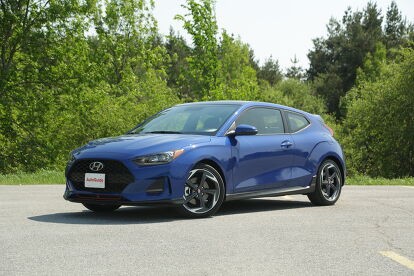













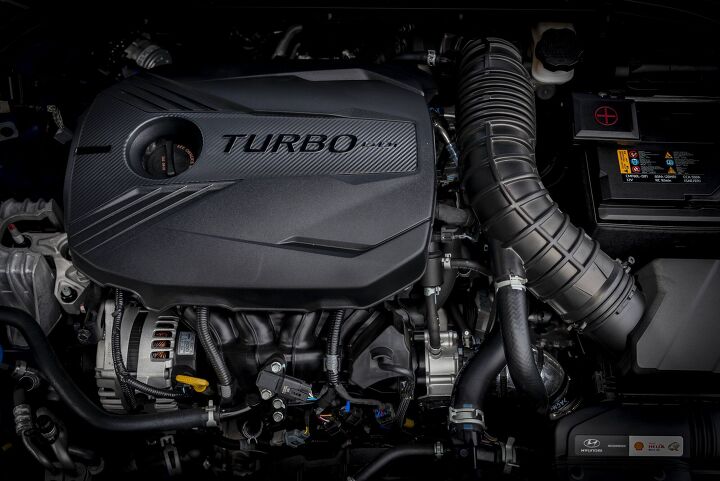


















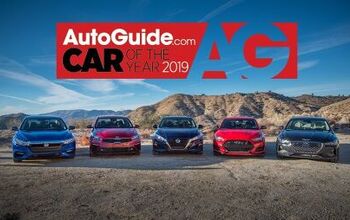

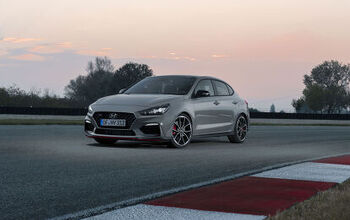
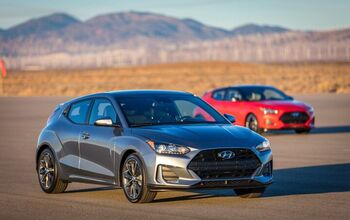
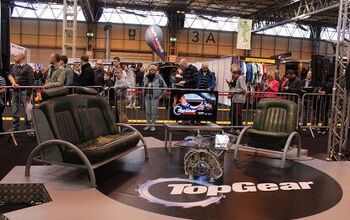
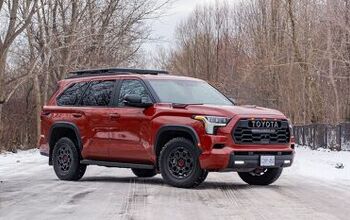

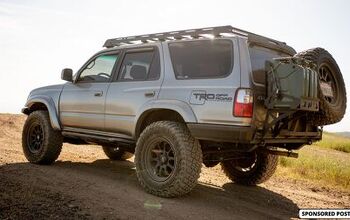
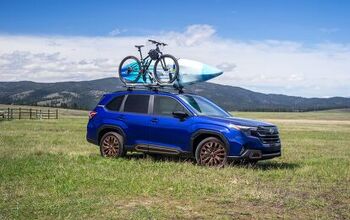

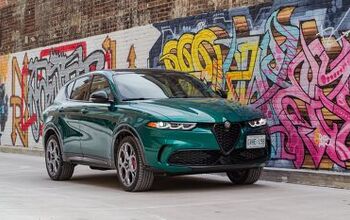
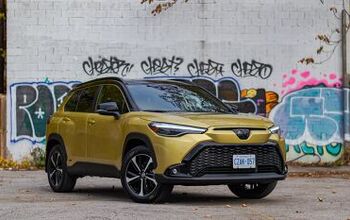


Comments
Join the conversation